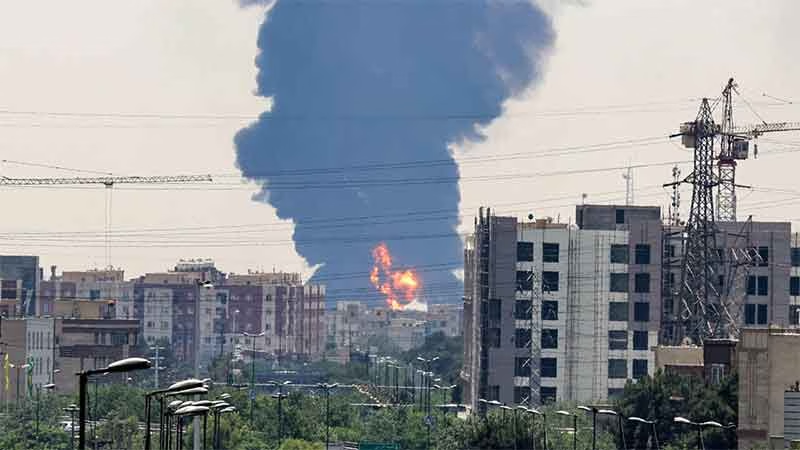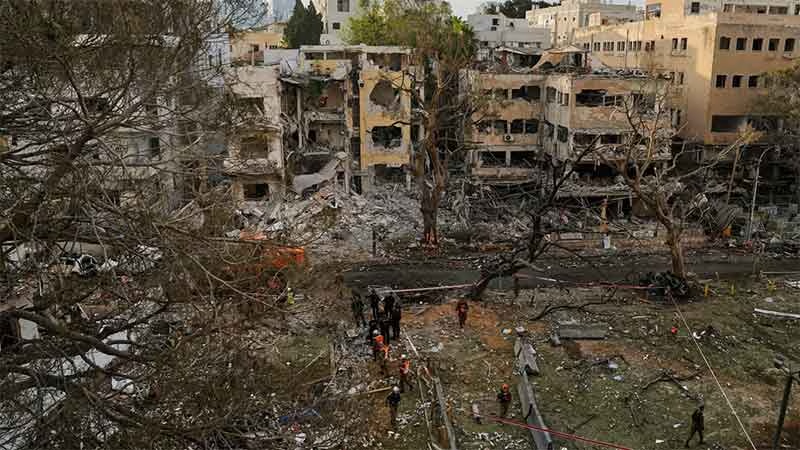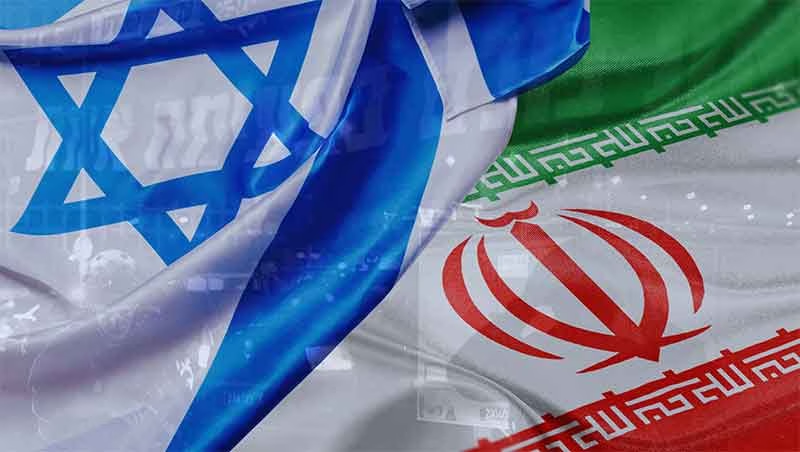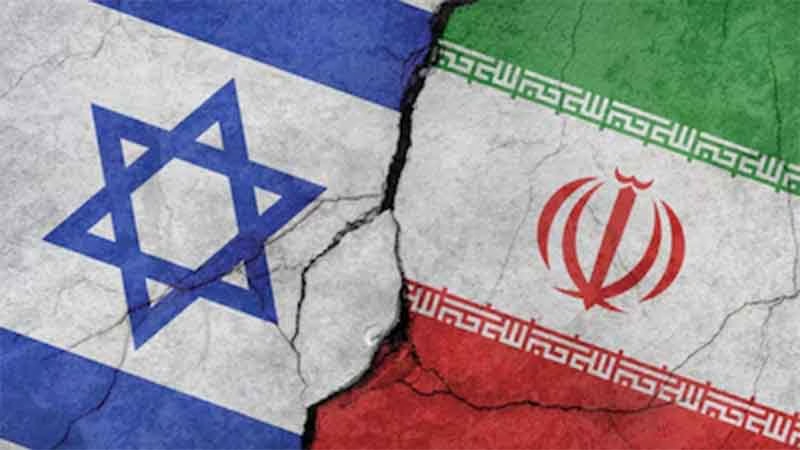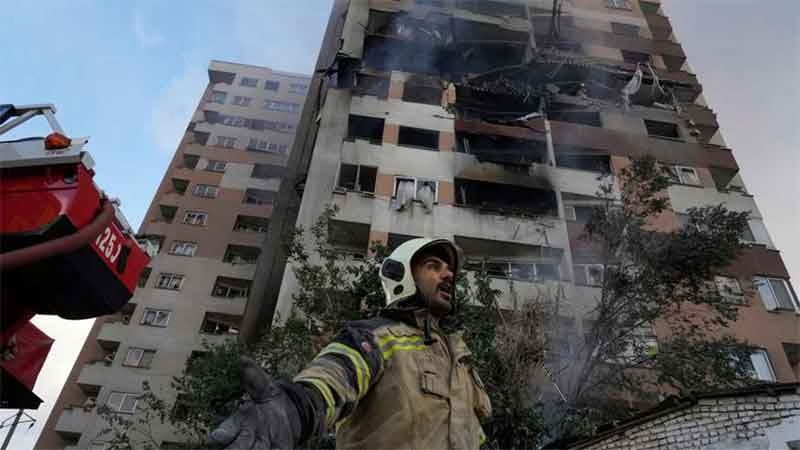
The United States went ahead on Friday with the imposition of 25 percent tariffs on $50 billion worth of Chinese goods, with the threat of additional tariffs in the future. The decision by the Trump Administration to launch a trade war between the world’s two largest economies will contribute to the already growing tensions and danger of military conflict in the Asia-Pacific region.
The first set of tariffs worth $34 billion will take effect on July 6 while the additional $16 billion of tariffs will be applied at a later date. President Trump claimed that these measures would “serve as an initial step toward bringing balance to the trade relationship between the United States and China” while couching it in phony terms of protecting American jobs. The sectors targeted include aerospace, robotics, manufacturing, and the auto industries.
The United States has “now launched a trade war,” China’s Commerce Ministry responded, saying it would immediately implement “countermeasures of the same scale and strength.” The ministry further stated that all previous trade talks would be invalid. Beijing then announced $50 billion worth of tariffs on US products on agriculture, automobiles, and seafood, among others, and similarly split into $34 and $16 billion installments.
Washington has already pledged to impose additional tariffs on Chinese products if Beijing retaliates while blaming China for supposedly conducting unfair trade practices and stealing intellectual property for years.
Trump’s trade war measures against China were praised by leading Democrats, who had previously criticized his decision to impose steel and aluminum tariffs of up to 25 percent on US allies. “The president’s actions on China are on the money,” said Senate Minority Leader Chuck Schumer. “China is our real trade enemy, and their theft of intellectual property and their refusal to let our companies compete fairly threatens millions of future American jobs.”
Such statements make clear that trade war, far from being the mere product of President Donald Trump’s personal proclivities, is being embraced as a legitimate policy tool by both parties, arising from the deepening crisis of the international capitalist world order.
A US-China trade war would not only affect the two countries, but others in the region, including US allies. South Korea’s Finance Minister Kim Dong-yeon attempted to downplay the effect a trade war would have on the economy, but said “[W]e are not ruling out the possibility of the recent anxiety in the market, mixed with trade conflicts among major countries and rising international crude prices, affecting [the Korean market].”
Washington’s latest trade war measures come amid a series of provocative military escalations aimed at China. This includes stepped-up US “freedom of navigation” maneuvers in the South China Sea, sending US naval vessels through waters claimed by China, and sales of arms to governments with longstanding conflicts with Beijing.
To this end, as the WSWS warned, the goal of the recent summit between Trump and Kim Jong-un was not to reduce the risk of war in the region, but to force Pyongyang to choose between falling in behind Washington or face complete destruction.
And while the US media attacked Trump for allowing China to emerge as the “winner” from that summit, there is clearly a fear in Beijing that it will lose influence over North Korea. Park Won-gon, a security expert at South Korea’s Handong Global University, stated recently, “China may think that reconciliation between the U.S. and North Korea could lead to a reduction in its influence over the Korean Peninsula and undermine its leverage to keep America in check in the regional geopolitical context.”
On Tuesday, the same day Trump as meeting with Kim, the American Institute in Taiwan (AIT), opened its new building in Taipei, holding a ceremony with senior US diplomats as well as Taiwanese President Tsai Ing-wen.
The AIT serves as Washington’s embassy in Taiwan as the two governments do not have official diplomatic ties. The “One China Policy” to which both Beijing and Taipei adhere, states that Taiwan is a part of China, but both sides agree to disagree over which government is the legitimate head of the whole country.
As countries cannot have formal ties with both Beijing and Taipei, which would mean “two Chinas,” most recognize Beijing, including the US. However, Washington continues to provide massive amounts of military hardware to Taipei, angering Beijing, which has stated that a Taiwanese move to declare formal independence would instigate a war between the two.
At the AIT building’s opening ceremony, Assistant US Secretary of State for Educational and Cultural Affairs Marie Royce, stated, “AIT’s new home is both a tangible symbol that reflects the strength of our ties, and a state-of-the-art facility that will make possible even greater cooperation for years to come.”
China’s Foreign Ministry spokesman Geng Shuang responded by stating, “The United States sending officials to Taiwan under any excuse is in serious violation of the ‘one China’ principle. It interferes with China’s internal affairs and negatively impacts China-US relations.”
Cross-strait tensions have grown in recent months, in no small part due to the Trump administration’s actions. In April, Trump signed a travel act to allow more US officials to visit Taiwan while also granting American firms a license to sell submarine technology to Taipei. Both moves generated anger in Beijing, which responded by conducting the first live-fire naval drills in the Taiwan Strait since 2015.
Under the doctrine of ‘strategic competition’ adopted by the Pentagon late last year, the United States military made clear that it sees trade war and military struggle as being on a continuum of perpetual conflict between the United States and its international competitors. Amid the acrimonious breakdown of talks at the G7 last weekend, all international relations have been thrown into disarray, opening up a new, and extremely dangerous, period of international tension and conflict.
Originally published in WSWS.org




























